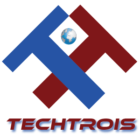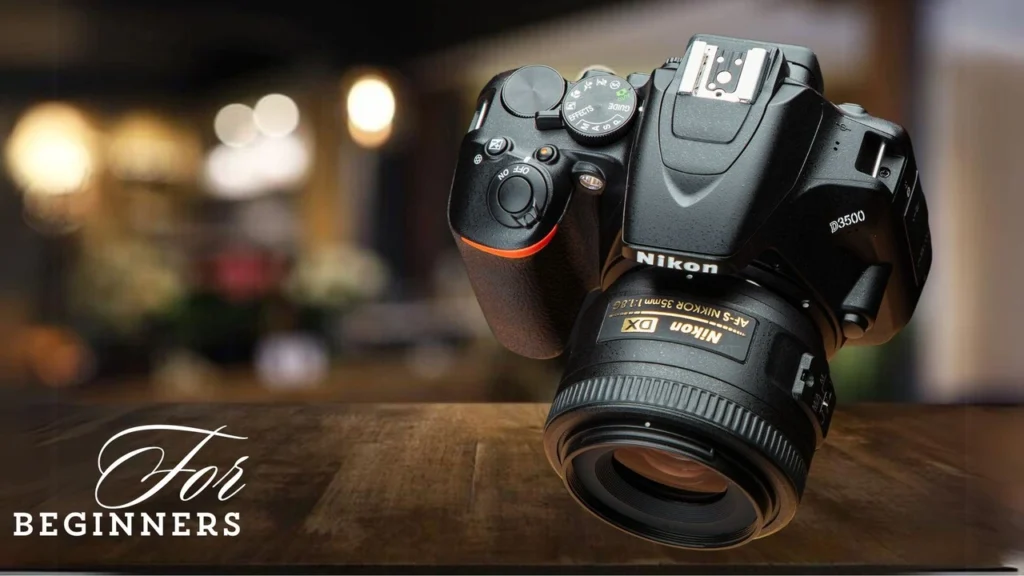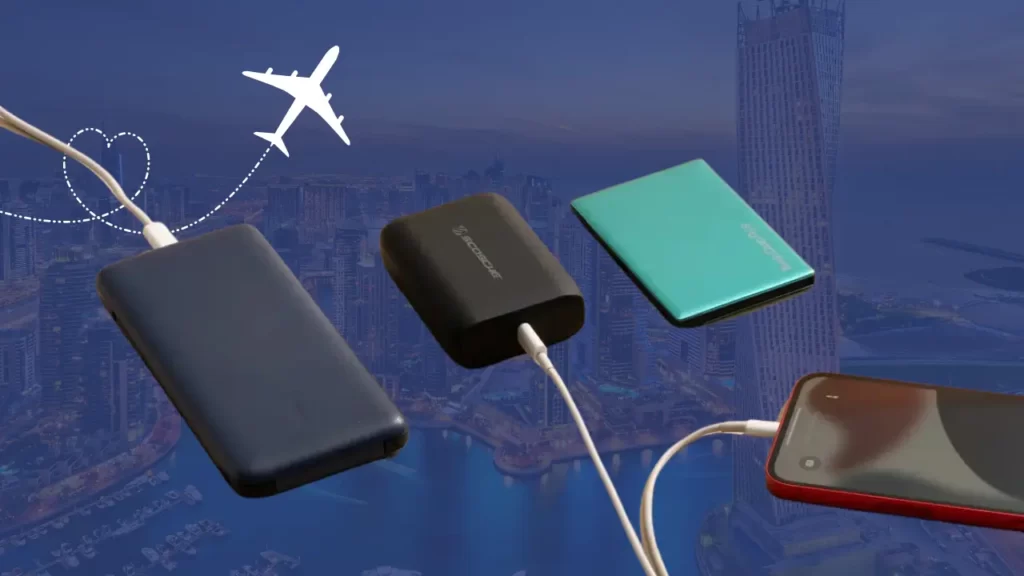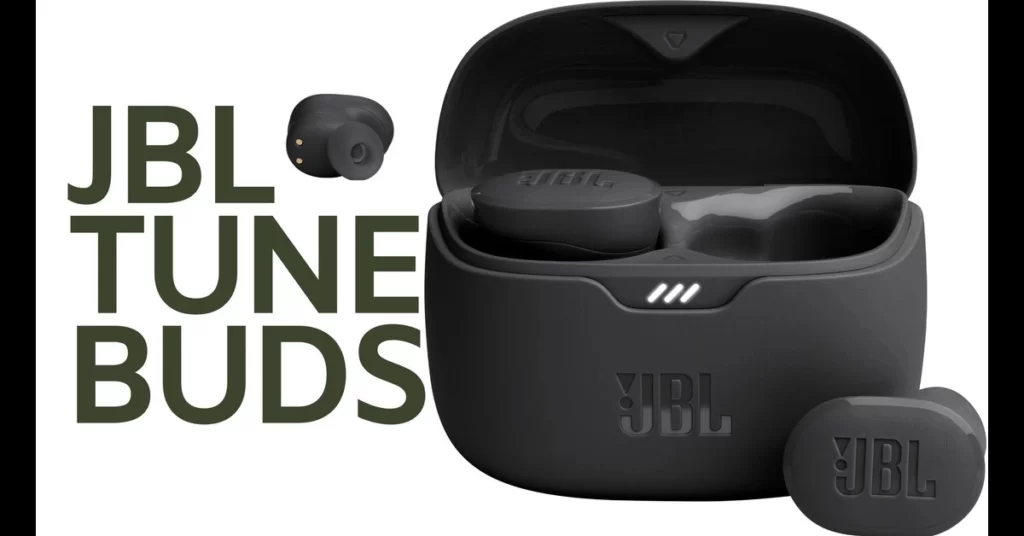Why DSLR Camera?
“Best DSLR for Beginners” Suppose you’re tired of the restrictions of using your smartphone for photos or videos and want to explore how a camera’s settings can impact your images. In that case, consider getting a beginner-level DSLR or a mirrorless camera.
DSLRs have much larger imaging sensors compared technology to budget point-and-shoots and smartphones. This means they perform better in low light and can capture a broader range of lights and darks in a single image. They offer more manual controls, allowing you to fine-tune how your photos will look. Additionally, DSLRs provide the versatility of interchangeable lenses for different subjects. Giving you more options for capturing the perspective you want.
They also enable the use of high-power flashes to control lighting conditions. Most DSLRs today can record impressive HD video footage. Often better than traditional camcorders, and can be paired with external microphones for a matching soundtrack. Furthermore, DSLRs allow you to capture raw images, which are larger files storing more data than JPEGs. These raw images can be edited with software like Photoshop or Lightroom to achieve the best possible results even after shooting.
Mirrorless Camera or DSLR?
That’s an excellent question. Deciding between a mirrorless camera and a DSLR can be challenging because they offer different strengths and weaknesses, yet both can capture amazing photos. However, it’s important to note that mirrorless cameras are considered the future. And camera manufacturers are investing more resources into their development rather than focusing on significant advancements in DSLRs.
Choosing between a mirrorless camera and a DSLR can be challenging. Mirrorless cameras are smaller and lighter with modern features but may have shorter battery life and fewer lens options. DSLRs offer longer battery life and a more comprehensive lens selection but are bulkier. The decision depends on personal preferences and shooting needs.
Best DSLR for Beginners:
“Best DSLR for Beginners” If you already have Canon or Nikon DSLR lenses. Prefer an optical viewfinder, and want to spend less on a camera, a beginner DSLR might be perfect. We recommend the Nikon D3500 as the best DSLR for new photographers. Because it gives excellent image quality for its price and has a helpful Guide Mode to teach you as you go. It also has impressive battery life. Easy smartphone connectivity, 1080/60p video with silent autofocus, and easy-to-use controls in a small, light body.
If you don’t already have DSLR lenses, don’t mind electronic viewfinders, or plan to frame your photos on a screen like you do with your phone, you should consider a mirrorless camera.
We Recommend:
The 24-megapixel sensor in the Nikon D3500 produces images with vibrant colors. And its Guide Mode offers helpful explanations of camera modes and functions. With a longer-lasting battery compared to many other cameras, it’s lightweight and portable, making it convenient to carry anywhere. Connecting the D3500 to your smartphone is simple, allowing for quick sharing of your captures. Additionally, it shoots 1080/60p video.
DSLR Nikon D3500:
If you’re ready to learn more about cameras and buy your first DSLR, the Nikon D3500 is an excellent choice for beginners. It has a top-notch 24-megapixel sensor that takes clear pictures with lots of detail, even in dim lighting. It’s easy to use, with a Guide Mode to teach you manual controls that you can learn to use over time. You can connect it to your smartphone using Bluetooth. It’s small and light so that you can carry it all day, and its battery lasts long, even during extended photo sessions.
The Nikon D3500 is perfect for beginners with its helpful Guide Mode. Which guides you in different shooting situations and explains camera settings like Night Portrait and Moving Subjects. You can switch to advanced Guide Mode and learn about settings like Soften Background and aperture priority mode as you improve. You can connect the camera to your phone using Nikon’s Snap Bridge app. Allowing you to download images and control the camera remotely. The D3500 also has impressive battery life, lasting up to 1,550 images per charge, and it’s lightweight and compact, making it easy for new users transitioning from smartphones.
The D3500 includes Nikon’s collapsible AF-P 18–55mm Nikkor lens, which helps keep the camera compact when not in use. It uses a stepping motor for fast and quiet focusing, which is excellent for video recording. The D3500 can smoothly shoot full HD video at 1080/60p, and a half-press of the shutter button during filming helps keep your subject in focus. While the kit lens is similar to other DSLRs at this level. Canon’s Dual-Pixel AF doesn’t need a half-button press to maintain focus during continuous video focusing.
The D3500 can capture five frames per second. Which is good enough for most basic fast-action photography and is typical for cameras in this category. It features an 11-point autofocus system. Which may perform slightly better at keeping subjects in focus than the Canon Rebel SL3’s 9-point system when shooting through the viewfinder. However, we didn’t notice any significant difference in our hands-on testing.



